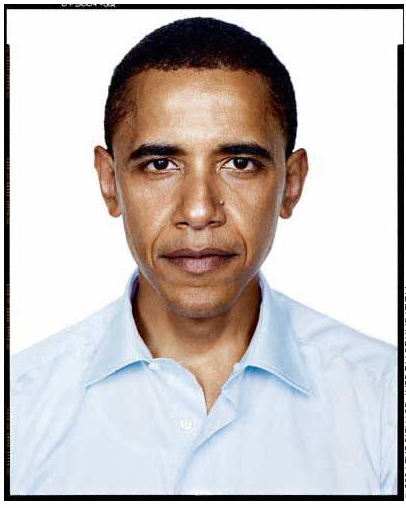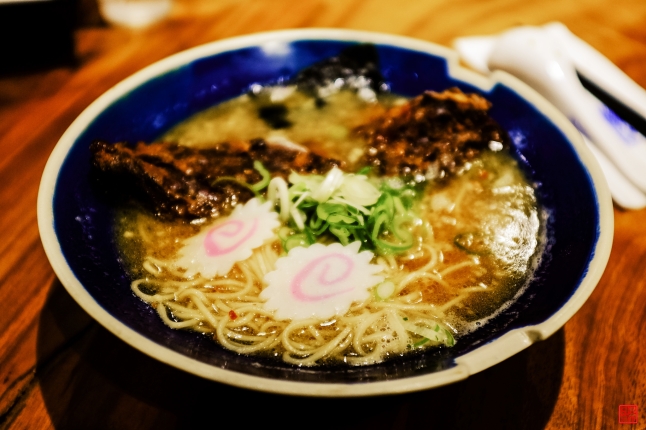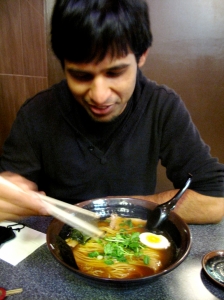
Image Source
My first blog post (click if you missed it!) introduced how social media has rapidly spread throughout the globe and has become a successful tool for PR practitioners to engage and expose information to publics and stakeholders through two-way communication.
Whilst easy to set up and use, effectively utilising social media is hard to master. We have seen time and again the ‘noobs’ of social media post something that is a complete ‘fail’. Some of these ‘fails’ are by huge companies like McDonald’s. I mean seriously, you would think they would be the ones that have mastered the art of social media, but it just goes to shows how fragile social media is.
To help you all out, i have created a list of 8 simple tips to help you become smarter about utilising social media to build strong relationships with publics and stakeholders!
1. Know your platforms!
Know the differences between Twitter, Instagram, Facebook, and all these platforms you use. Did you know that there’s a word limit on a ‘tweet’? That you can change your settings to private or public on Instagram? Research your platforms and work out what’s best for you!
2. Be Human!
Understand that social media is there to help build relationships, not to flood with commercial content. Send a tweet asking how everybody’s day went, or share a photo of yourself with your dog. Personalise your content and be casual! Check this example out!
3. Respond Quickly!
Social media is considered to be in real-time, no one want’s to be left waiting. Getting onto questions, comments and engaging in discussions quickly is only beneficial to you. However, whilst keeping consistency with your responses make sure you’re not just ‘copy and pasting’ responses, keep it personalised!
4. Be transparent.
To be trusted you need to be transparent and honest with publics and stakeholders. Gaining trust will allow you to expose you and your brand further, see this blog post on how transparency is so important!
5. Don’t be a ‘one trick pony’!
Make sure you post a variety of content throughout your social media platforms. If you keep posting the same content, you will be seen as boring and users will be less likely to keep engaging with you and may even unfollow/unlike you.
6. Know your team!
Make sure you select a small team whom you trust with authority over your social media accounts. Have a meeting with them once a week to help answer questions they may have or put forward ideas before they follow through with them.
7. Have a strategy!
Create some key points for your team to follow when posting and make sure you are prepared for anything! You might want to: create a list of FAQ’s, allocate a schedule for posting content for each platform and/or set up a folder of business related information, photos, videos for easy access to share at the time of need. Being prepared and having guidelines will help reduce confusion within your team, create consistency and will reduce the risk of a ‘fail’!
8. Dont Cheat!
The option to buy fake accounts to follow, like, comment, or to do whatever is needed is a big no, no. Whilst it may seem like an easy, convenient way to help grow your brand, it simply will just damage your reputation and integrity in the long run. These accounts wont engage with you, they will just sit as a number until you get found out, and when you do, how will you deal with the backlash?





